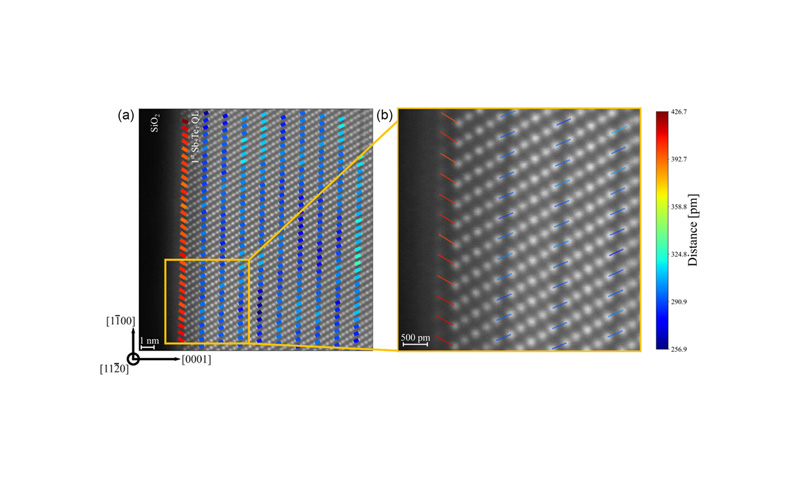Publication by Hervé Roussel & Françoise Hippert
The article entitled "Quantitative Scanning Transmission Electron Microscopy–High-Angle-Annular Dark-Field Study of the Structure of Pseudo-2D Sb2Te3 Films Grown by (Quasi) Van der Waals Epitaxy" has been published in physica status solidi RRL.



